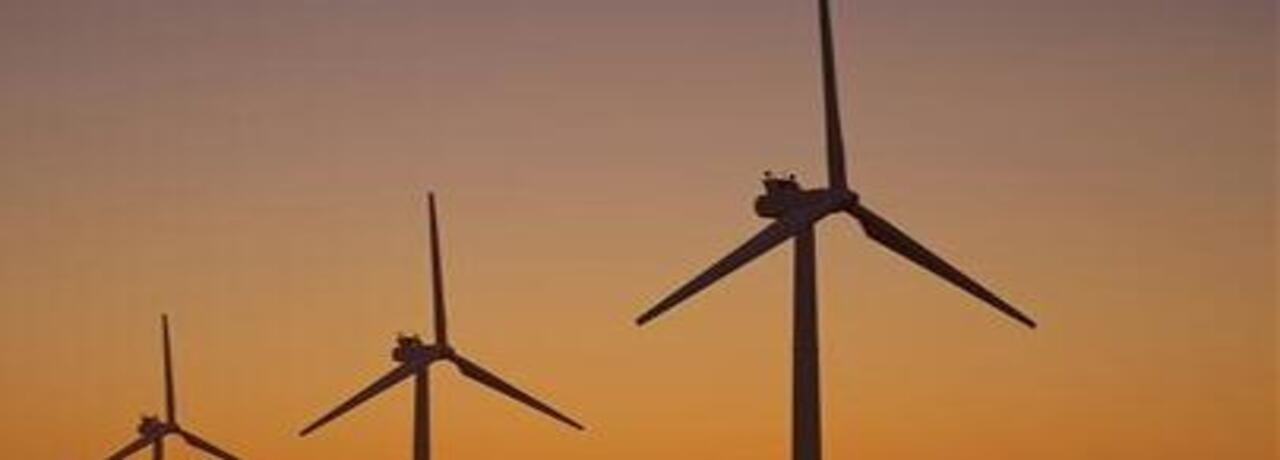GDP growth was stable at +5.6% y/y in Q2 (unchanged from Q1). Drought conditions had an impact on agricultural output growth (+4.1% y/y in Q2 after +5.2% in Q1). Growth continued to be diversified, with a balanced contribution of manufacturing, construction, trade, education and digital (telecoms, mobile payment services) of +0.5pp each to overall GDP growth. The manufacturing PMI suggests that growth is here to stay (52.9 points in August) since new orders showed an increasing level. The macroeconomic environment is growth-supportive, particularly as inflation posted a moderate 3.8% y/y in September. Foreign reserves have grown to eight months of import cover, easing liquidity risk in the economy. The current environment is also allowing fiscal consolidation (the fiscal deficit should decrease to -5.5% of GDP in 2019 from -7% in 2018) and public debt stabilization below 60% of GDP. As a result the KES exchange rate is stable and KES borrowing costs have decreased by -100bp this year. GDP growth should remain stable at +5.7% in 2019 and 2020.















